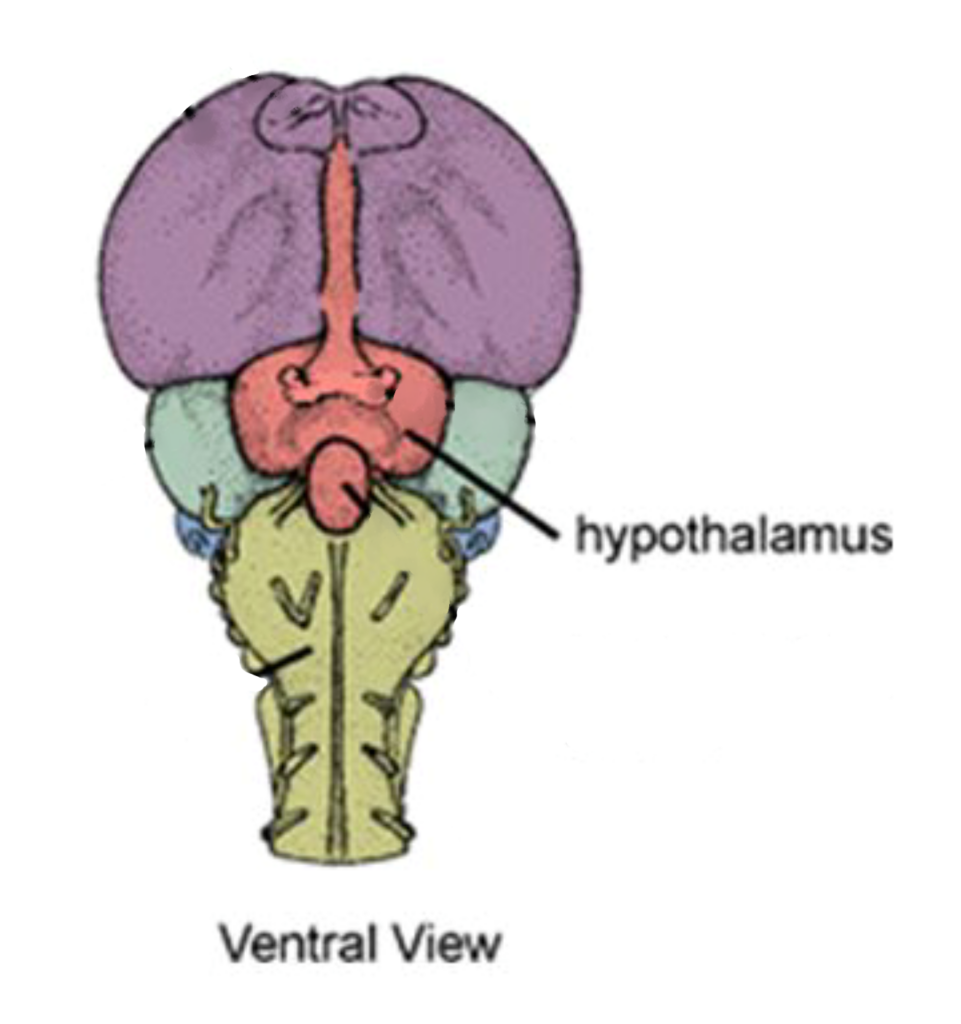Differences in phenotypes are not always caused by differences in genotypes but can also be caused by a change in the regulation of gene expression. This can be seen in the different cell types within one individual; All cells share the same genotype but look and behave very differently.

⠀
The hypothalamus is a region of the brain that shows high levels of cell heterogeneity. It is the part of the brain that plays an important role in homeostatic regulation and in controlling several animal behaviours.
In the past, it was difficult to study gene expression in heterogeneous tissues, because only bulk sequencing methods existed. Bulk sequencing cannot distinguish which expression comes from which cell. This means that only average values are available, and a lot of details get lost.
For that reason, we used (the more modern) single-cell sequencing to study the hypothalamus. Single-cell sequencing gives us information per cell instead of average values per tissue.
We are studying different ‘layers’ of gene expression in each separate cell. The gene expression itself, the chromatin structure, and the genotype.
The aim of my thesis was to look at the preparation and quality control of single-cell data from the hypothalamus in chickens from an advanced intercross between White Leghorn and red junglefowl. These data can then be used to study regulation of gene expression.